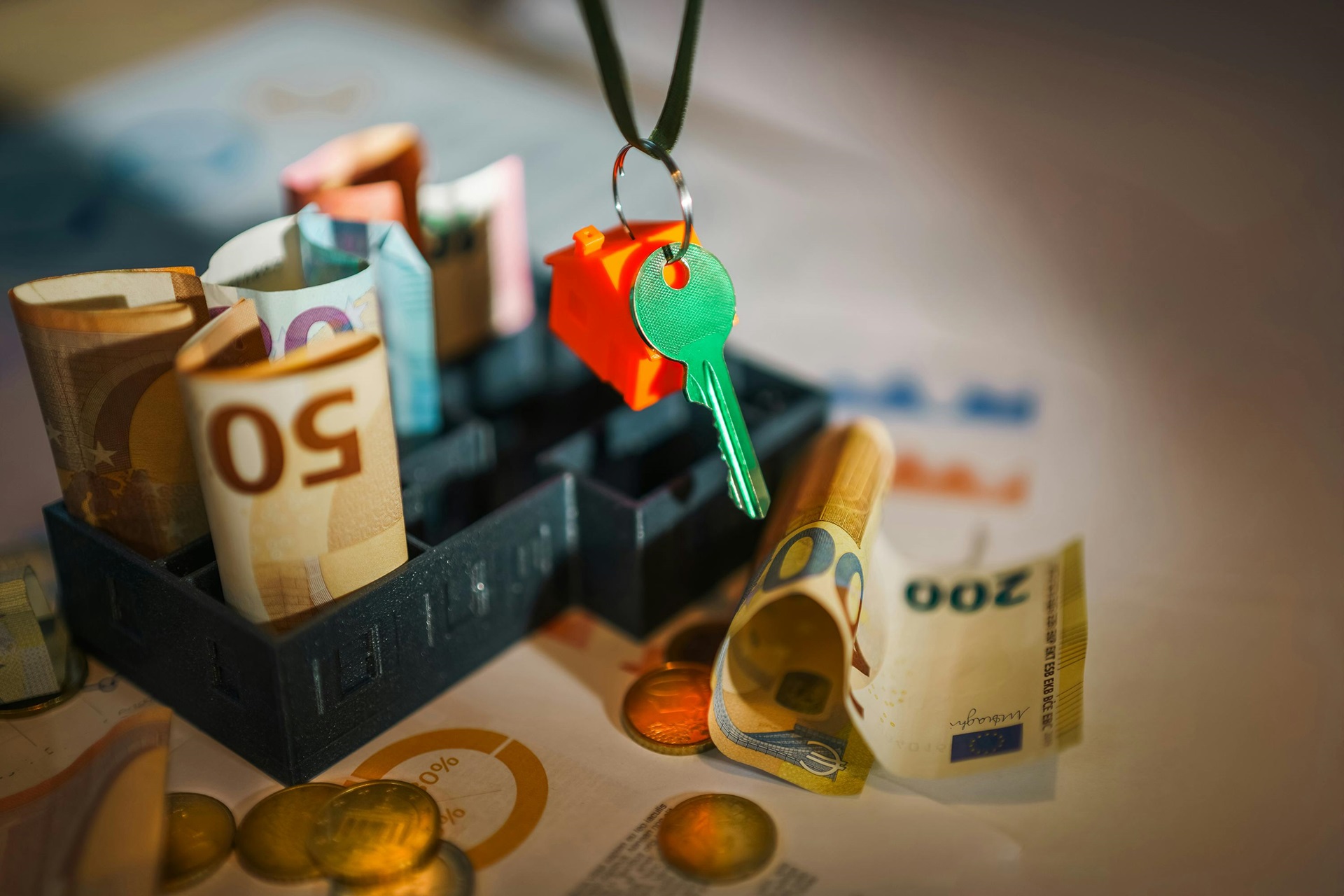Physical Address
304 North Cardinal St.
Dorchester Center, MA 02124
Physical Address
304 North Cardinal St.
Dorchester Center, MA 02124
March 11, 2025 – As the U.S. economy navigates an evolving financial landscape, homeowners are emerging as key players in economic growth. With record levels of home equity and historically low mortgage debt, American homeowners have a significant advantage in leveraging their assets to stimulate consumer spending and drive financial stability.

Recent data shows that U.S. homeowners collectively hold an unprecedented amount of equity in their properties. This surge in equity is a result of rising home values, a stable housing market, and a cautious approach to borrowing in recent years.
Read more on homeowner equity trends.
Compared to previous economic cycles, mortgage debt levels are at a 40-year low. Homeowners have exercised financial prudence, avoiding risky borrowing practices that led to past housing crises.
Explore the latest mortgage trends.
With substantial equity at their disposal, homeowners are increasingly tapping into their wealth through Home Equity Lines of Credit (HELOCs) and home equity loans. These financial tools allow them to access liquidity for various purposes, from home improvements to debt consolidation.
Learn how homeowners are leveraging their equity.
The increase in home equity usage is contributing to a more resilient economy, with notable effects on various sectors.
Stay updated on housing market trends.
U.S. homeowners are playing a pivotal role in shaping the economy through their accumulated equity and responsible borrowing practices. As HELOCs and home equity loans become more prevalent, consumer spending is expected to rise, supporting economic growth in multiple industries.
With a strong housing market foundation and prudent financial management, homeowner equity remains a powerful economic lever in 2025. Investors, policymakers, and financial professionals should monitor this trend as a key indicator of economic stability and growth.